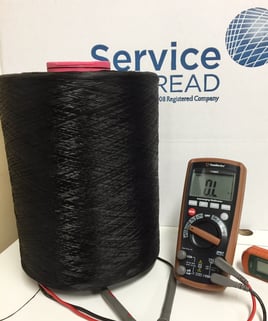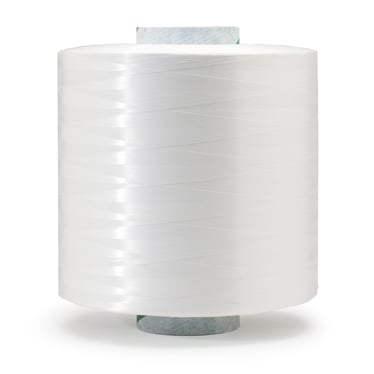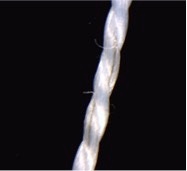 Control of static and current electricity is a crucial consideration in industrial product design. By using combinations of different polymers and coatings, industrial yarn and threads can be designed to help conduct or impede electrical charges as required for different product applications.
Control of static and current electricity is a crucial consideration in industrial product design. By using combinations of different polymers and coatings, industrial yarn and threads can be designed to help conduct or impede electrical charges as required for different product applications.
Conductive Yarns
Not to be confused with wires made of solid metal, conductive yarns can be constructed by starting with a non-conductive or less conductive substrate such as polyester, nylon, and aramids. These substrates are then coated or impregnated with conductive elements such as gold, silver, copper, nickel, or carbon to enable them to carry an electrical charge.
Conductive yarns can be used for applications such as:
- Static Dissipation
- Electro Magnetic Shielding
- Signal and Power Transfer
- Heating Elements
Benefits of using Conductive Yarns vs Wire
- Flexibility
- Ability to use in existing textile applications such as weaving, braiding, and sewing
- Weight savings and tensile strength advantages as compared to wire
Any of these conductive yarn can be integrated into existing constructions to fit your needs. A good source for additional information on the various types of conductive yarns that may be a fit for your application is the Conductive Fiber Manufacturers Council http://cfibermfg.com/
Non Conductive Yarns
While most textile fibers are inherently non-conductive or have very low conductivity, when using materials for critical applications or where there are safety concerns you don’t want to leave anything to chance. Non-conductive coatings and additives can be applied to yarns to further insulate them against electrical charges. Examples of non-conductive coatings that can be applied include silicone and PVC

Have a great idea for using these materials but don’t know where to start? Let us help!




